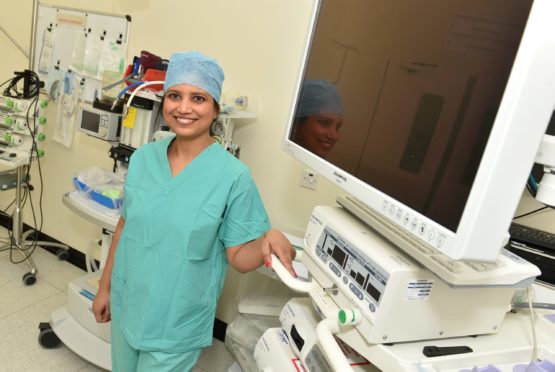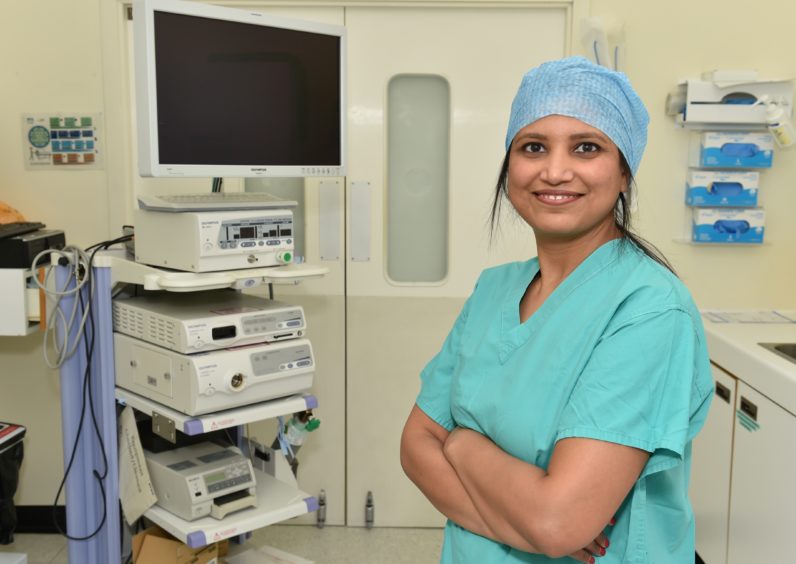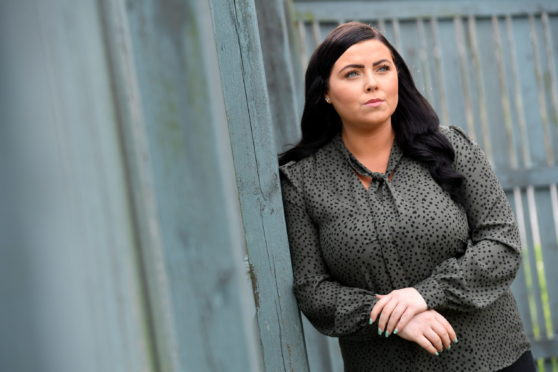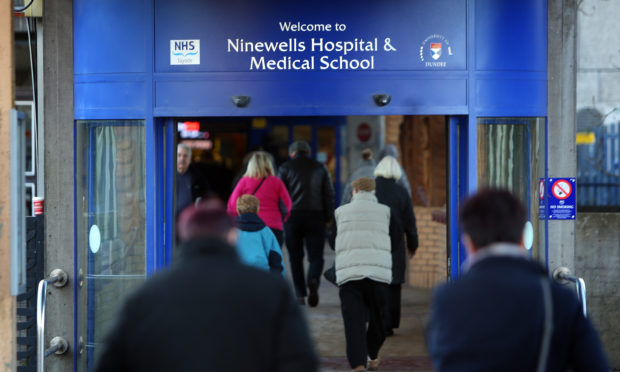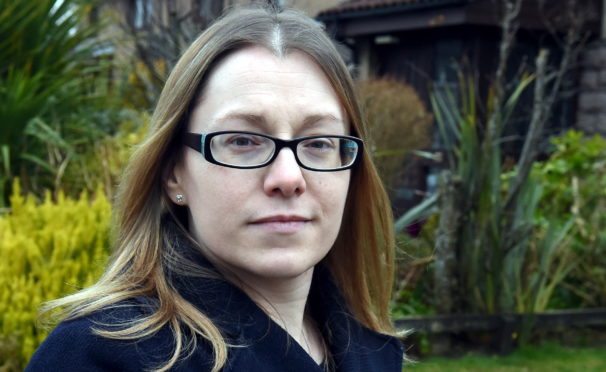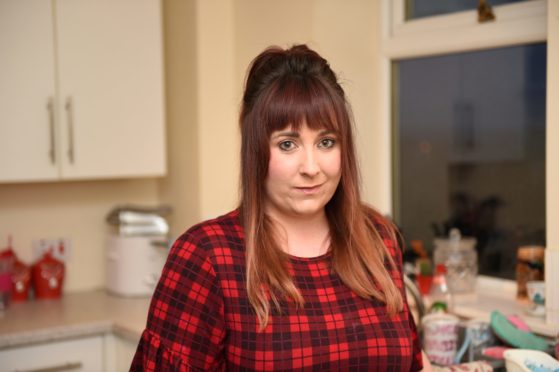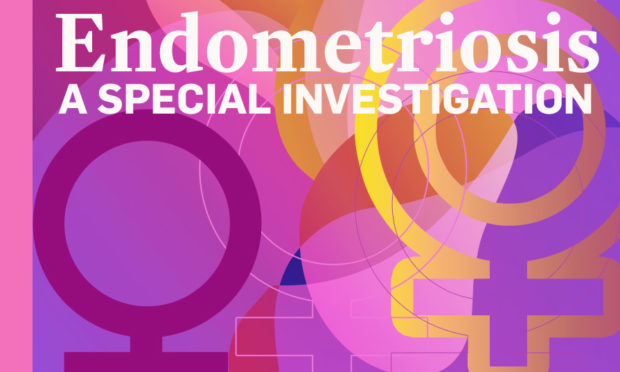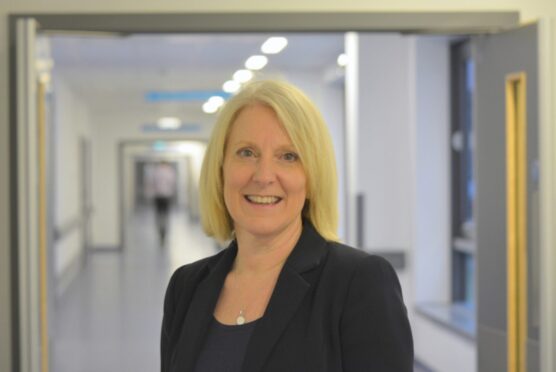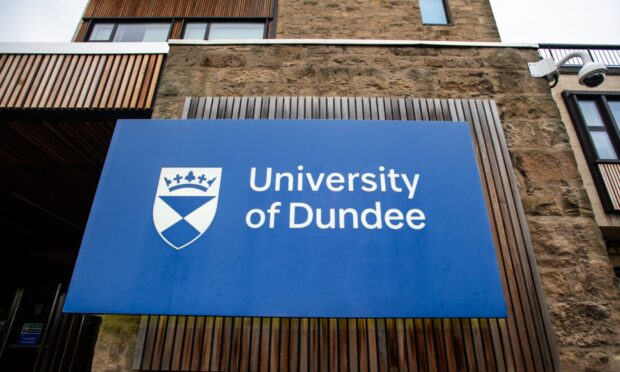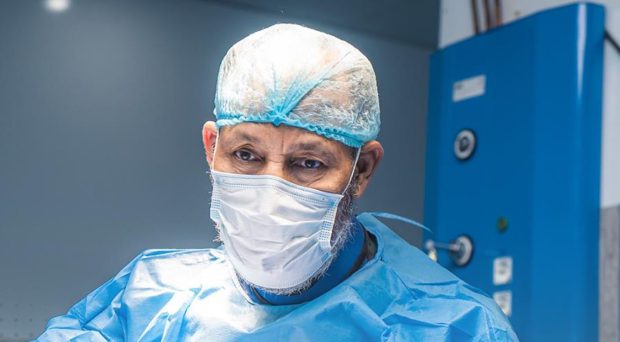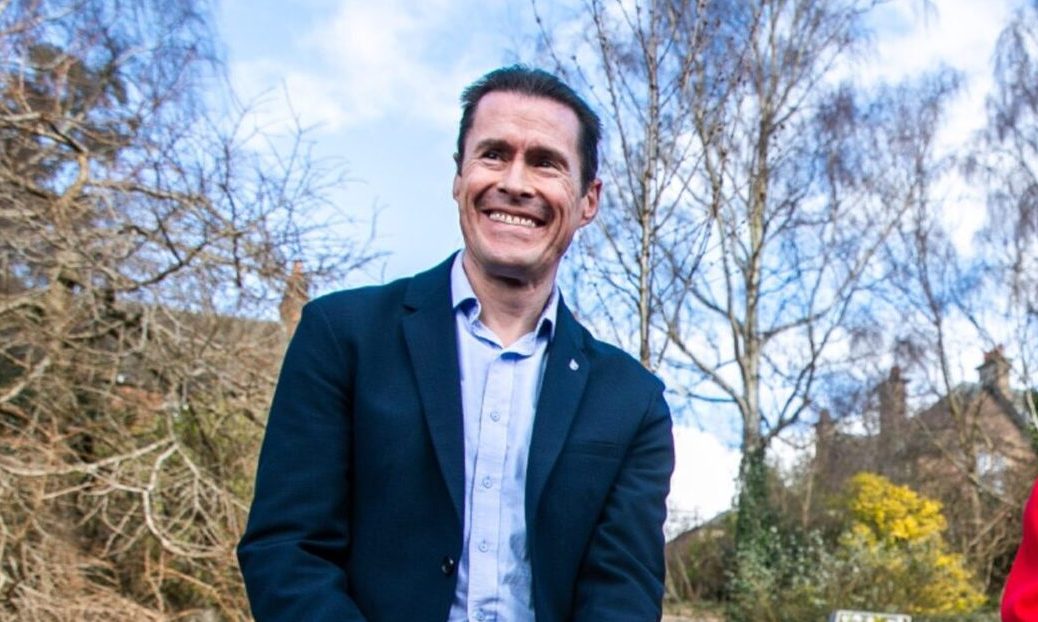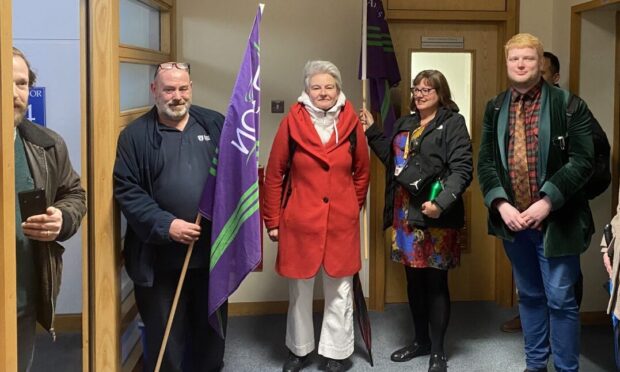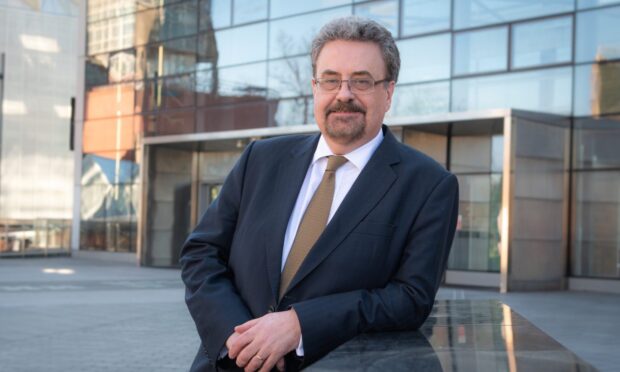Understanding of endometriosis is “poor” and awareness “lacking”, according to a leading researcher into the condition.
Dr Lucky Saraswat, who leads the Aberdeen Endometriosis Centre, has called for more work to go into reducing delayed diagnosis and more funding to go into researching the condition.
She said: “At the moment what we have is just managing it and women seem to suffer in their most productive years when they are busy with careers, education, trying to have a family and this really takes a toll.”
MPs have launched an inquiry to investigate the challenges faced by the 1.5 million women in the UK who suffer from the condition.
We sat down with Dr Saraswat to gain a better understanding of the condition and what needs to be done to tackle the issue.
What is endometriosis?
Endometriosis is a condition where tissue similar to the lining of the womb starts to grow in other places, such as the ovaries and fallopian tubes.
It affects one in 10 women in the UK, between puberty and menopause, a similar number of women affected by diabetes.
Dr Saraswat said the problem often starts once a girl starts menstruation but because of delayed diagnosis – on average it takes eight years from the onset of symptoms to get a diagnosis – most women will not have a confirmed diagnosis until their 20s or 30s.
She said: “Generally, symptoms are cyclical and it’s around period time that sufferers can have severe period pain — so much so that some women can feel faint and dizzy, young girls may have to miss school or women may have to miss work.
“Pain can occur up to a week prior to the period, in the build-up to the period.
“There can also be pain during intercourse and at other times such as ovulation.
“In very advanced cases, when the disease involves the bowel, women experience pain when moving their bowels at the time of periods.”
SYMPTOMS:
- Pain in lower tummy or back (pelvic pain) – usually worse during a woman’s period
- Period pain that stops individuals doing their normal activities
- Pain during or after sex
- Pain when peeing or pooing during a period
- Feeling sick, constipation, diarrhoea or blood in pee during period
- Difficulty getting pregnant
- Heavy periods
Dr Saraswat said the condition can also impact on relationships due to fatigue and painful intercourse.
She added: “The fact it’s not diagnosed for a long time and can come back after treatment is another problem.
“Women have one journey to the diagnosis but even after that it’s not over, it keeps coming back.
“Women having more than one surgery is quite common so our Scottish data showed that two out of three women will have more than one operation and 45% will have three or more surgeries.”
Causes?
The causes and consequences of endometriosis are not well understood, Dr Saraswat says.
But some women are more genetically predisposed than others, with a six times higher risk if a family member such as a mum or sister has the condition.
She said: “In Aberdeen we do a lot of research in clinical trials.”
Delayed diagnosis
It takes on average eight years in the UK for women to be diagnosed with the condition.
This is down to “several factors”, the endometriosis specialist claims, including lack of awareness and a tendency to normalise period pain.
She said: “One is the lack of awareness about the condition, even amongst health professionals and in the general public.
“There is also a tendency or culture of normalisation of period pain so it’s not being given its due consideration like other health problems are.”
Can endometriosis cause fertility problems?
Endometriosis does not necessarily cause infertility but there is an association with fertility problems.
Even with severe endometriosis, natural conception is still possible, with the main factor affecting fertility being a woman’s age.
As the severity of the endometriosis increases, scar tissue (adhesions) become more common and the chance of natural conception can decrease.
Minimal to mild sufferers have an almost normal chance of conception but some sufferers are infertile for unclear reasons.
Those with moderate or severe endometriosis can see their chances of natural conception reduced.
Dr Saraswat said: “What we have found is endometriosis can have an adverse effect on pregnancy, with an increased risk of miscarriage or ectopic pregnancies (when a fertilised egg implants itself outside of the womb), pre-term deliveries and higher need for Caesarean section.
“It is relatively higher compared to those who don’t have endometriosis but not massively higher so I don’t want women to worry about that.
“I think we’ve got good antenatal care in the UK so all these things can be detected in a timely fashion and it can be dealt with.
“Pregnancy complications are slightly higher but not too high to be worried about.”
What are the treatment options?
Endometriosis can only be confirmed by a laparoscopy, a keyhole surgery that allows a surgeon to access the inside of the abdomen.
Dr Saraswat said: “There are no blood tests or scans which can tell us someone has endometriosis unless it’s advanced endometriosis when an advanced MRI scan can be used.
“I think that’s one reason why it’s a delayed because people have to be subjected to surgery to diagnose it.
“At the time of surgery if there is mild or minimal disease, it can be treated by endometrial ablation, which is burning of the endometriosis lesions, or excision, which is cutting out the lesions.”
Does there need to be more awareness of the condition?
NHS Grampian is “constantly working” to raise awareness among health professionals, which includes nurses, as well as the general public.
Endometriosis sufferers experience symptoms which are often indistinguishable from other health conditions, such as irritable bowel syndrome (IBS), which makes it “really difficult” to diagnose, Dr Saraswat said.
She added: “I think understanding of the disease has been poor and awareness is lacking.
“For generations period pain has been considered as normal. It’s getting much better and people are more open to talking about periods. I think it was maybe more of a social taboo in the past.
“I think what would be beneficial is if there was a timeline if a certain woman is suffering with pain for say one or two years, she should be referred to secondary care, but there is not such guidance.
“Interestingly, women with endometriosis who have infertility tend to get diagnosed sooner because there is a national guideline that within one year of infertility women should be referred but there is no timeline for how long someone has to be in pain to be referred to secondary care for investigations.”
What action needs to come from the inquiry?
Dr Saraswat said work needs to take place to improve the delay to diagnosis and more investment needs to be forthcoming into both treatment, and understanding the cause, of the condition.
She added: “At the moment there is no cure. Not just on treatment but on understanding the disease.
To provide evidence to the All Party Parliamentary Group on Endometriosis inquiry click here
“There should be more funding for research into endometriosis.
“It’s only through new breakthroughs that we will get better at dealing with the condition.
“At the moment what we have is just managing it and women seem to suffer in their most productive years when they are busy with careers, education, trying to have a family and this really takes a toll.”
